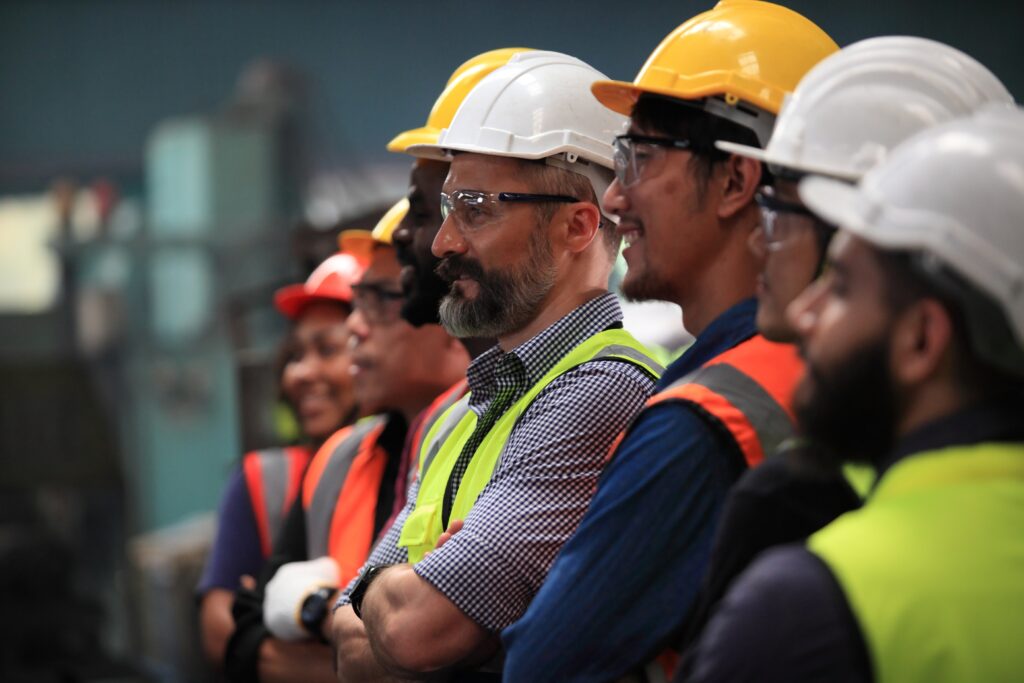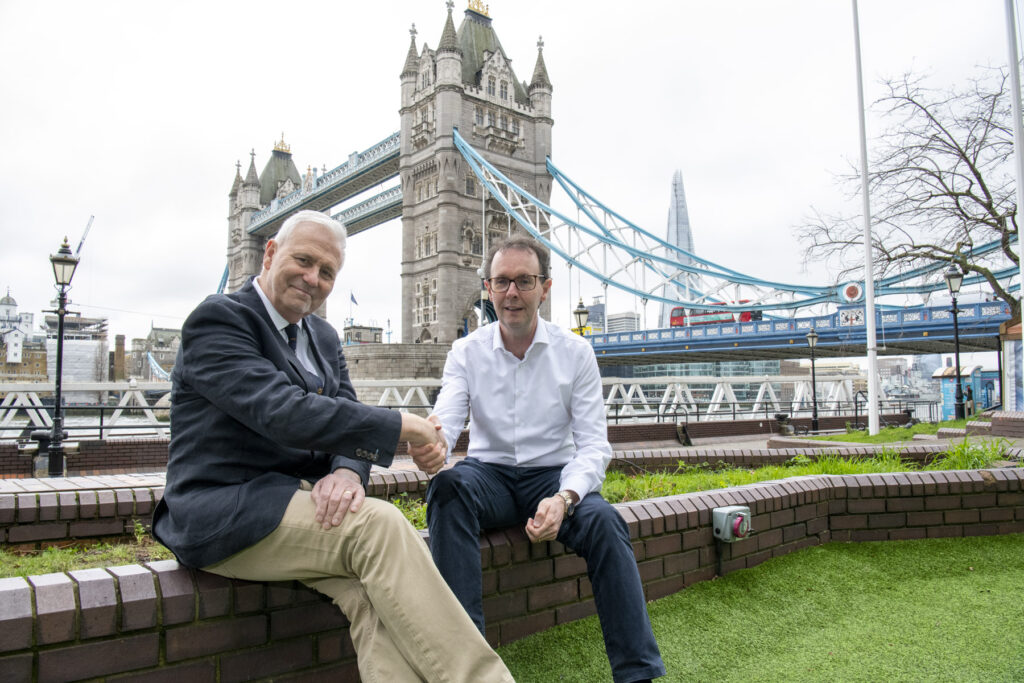Technological developments are taking place at an increasingly rapid rate. New digital tools have the potential to revolutionise the health and safety industry, but come with their own concerns. Keep reading to learn about some of the new technologies being integrated into the modern workplace and the risks that they present.
The Internet of Things
The Internet of Things (IoT) enables what is called a “smart building” which contains “an integrated system of sensors” that sends data to an AI system. (Source) The sensors can detect changes to fast-paced environments such as a manufacturing plant, and, for example, alert employees to a chemical spill or other potential hazards. (Source)
Wearable ‘digital monitoring technologies’ connected to the IoT are a way for firms to track employees in real time and prevent accidents. Guided by “algorithms and AI based on big data”, they can provide real-time information as to the location of the employee, their vital signs, productivity, micro-facial expressions, “and event tone and sentiment analysis”. (Source) (Source) By providing warnings about “harmful exposures, stress, health problems and fatigue”, this technology can help prevent workplace accidents and ill health. However, this level of surveillance may have a detrimental impact on employees’ mental health, with many potentially viewing it as an invasion of privacy. (Source)
Autonomous Vehicles & Drones
Autonomous vehicles are one way that technology can prevent accidents. With sensors, cameras, and a GPS system, the vehicles can adjust their route if they detect hazards. (Source) Drones are a similar type of vehicle that can now be used to access hazardous areas of the workplace and collect the required data, for example to carry out equipment inspections. This alleviates employees of the task of having to enter areas that are high up, that are difficult to access, or have extreme temperatures or noise levels (Source) (Source) These vehicles may cause danger to employees working alongside them, however, for example “through trapping, entanglement, impact, noise and vibration”. (Source)
Cobots
Currently used by Amazon in their distribution processes, cobots (collaborative and smart robots), are robots designed to work together with humans in shared spaces. Advanced sensors and learning from humans via “self-optimising algorithms” allow these robots to interact with humans, and to complete both physical and cognitive tasks.
From a health and safety perspective, robotics facilitate the ability to remove employees from dangerous situations, and can also create access for workers who are normally unable to participate in the workplace, for example people with disabilities.
However, this technology does present its own risks: robots “may behave in unanticipated ways”, and could cause injury to their human counterparts either via direct contact, or through the equipment they are using. Employees may feel pressure to match the output and accuracy of these machines, which are not susceptible to human error or tiredness. (Source)
Online Platform Work
The topic of remote and flexible working has been the talk of many workplaces for the last couple of years. For more information on remote working safety, read our blog post here.
New business models enabled by platforms such as Uber Eats and UpWork are another branch of the flexible/remote working trend. There are a number of risks inherent to this model. For example, these online platforms tend to encourage fast-paced work without breaks, driven by “inter-worker competition”, “rating mechanisms” and uncertainty around payment. This is in addition to the risks posed by the specific type of work; for example, digital online platform workers are at risk of “visual fatigue and musculoskeletal problems”. Furthermore, it is challenging to apply OSH (Occupational Safety and Health) regulations to this category of work, due to factors such as the lack of a common workplace and the often temporary nature of the work.
(Source)
Virtual and Augmented Reality
VR and AR have been increasingly adopted in ICT, engineering, manufacturing, and healthcare sectors. There are numerous ways that this technology can be applied to improve OSH. VR and AR can facilitate the removal of employees from hazardous environments. They can also provide information on “hidden hazards”, such as asbestos, electricity cables, or gas pipelines”. However, they also present a number of risks, such as “eye strain, repetitive strain injury, increased cognitive load and decreased situational awareness” and cybersickness, which involves nausea and dizziness. (Source)
What can Employers Do to Mitigate The Risks of Health and Safety Technology?
The application of international and national regulations to these new OSH developments is an ongoing process.
Meanwhile, there are steps that can be taken on an organisational level to address the risks posed by use of new technologies, including:
- Implement a digitalisation framework that ensures ethical practices in terms of data collection and monitoring
- Include regulations around technology and virtual working in the organisation’s safety statement.
- Collaborating with employees in developing a digitalisation strategy
- Providing employees with adequate training and information about the technology used and the corresponding health and safety implications
(Source)
Ayrton Group provides a comprehensive safety consultancy service which includes risk assessments and provision of a safety statement. We will complete a comprehensive audit of your premises, procedures, equipment and staff to identify and assess any hazards and risks so that you can be sure your workplace is in accordance with occupational health and safety best practices.
Find out more about this service here, or contact us on 021 4210331 (Cork office), 01 8385595 (Dublin office) or info@ayrton.ie.



